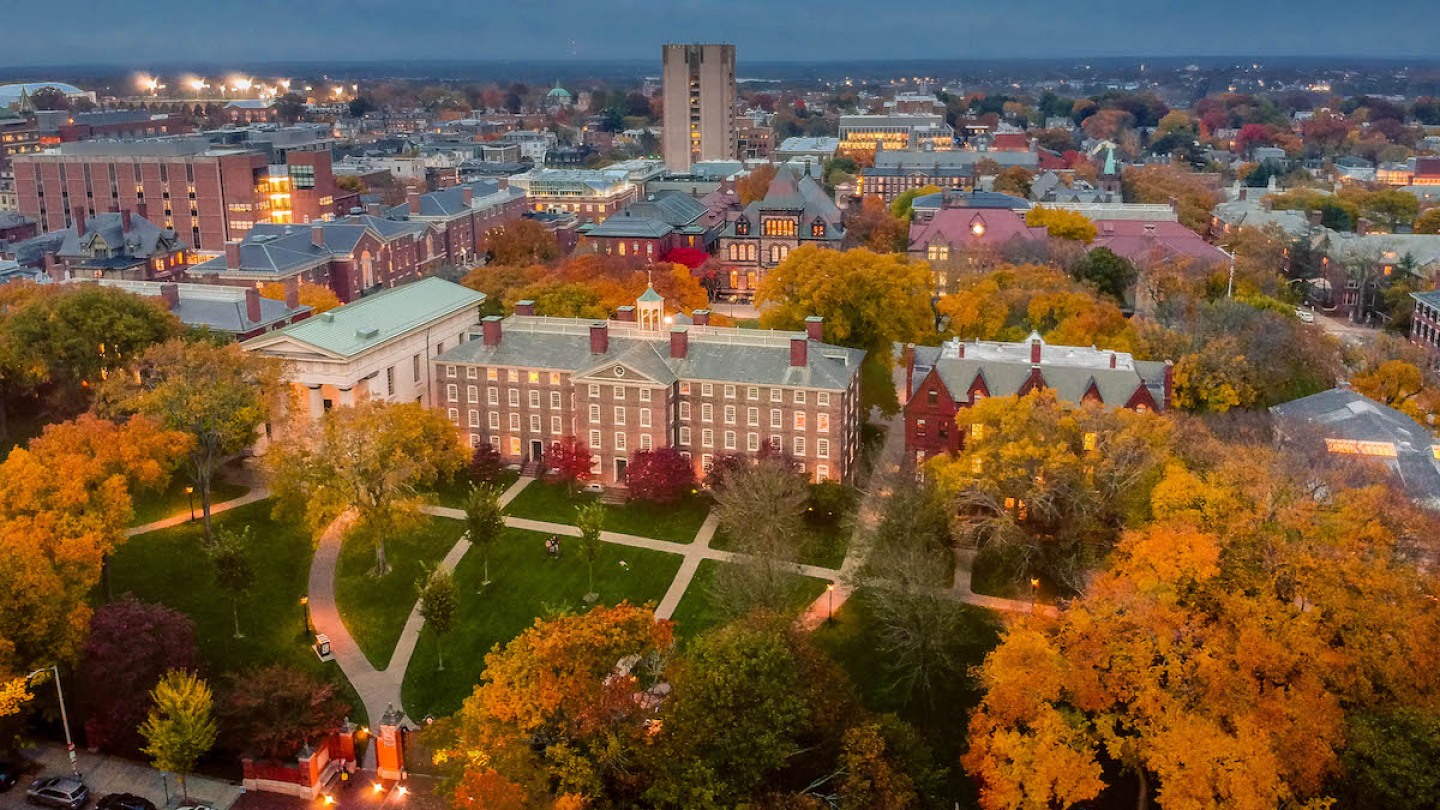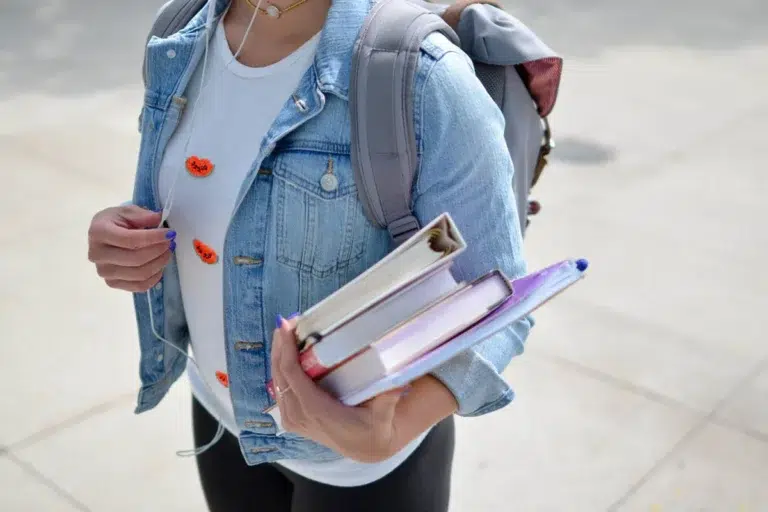Insights into Admission Numbers and Trends
For the class of 2028, Brown University received an application of 6,244 in the Early Decision round, and they admitted 898 students. Further 1,623 students received their admission offer in the Regular Decision out of an application pool of 42,637. According to the Brown Daily Herald, the overall acceptance rate amounted to 5.2%. The total number of students attending the university stands at 2,521.
This cohort is the last batch to apply under the test-optional policy. For the class of 2029, Brown will require applicants to submit their test scores. The reinstatement of standardized testing is in sync with Yale’s reasoning that the score would give admission officers a data point to decide if the student can succeed given the rigorous academic environment.
Admission statistics of the class of 2028
Table 1
|
Admission Cycle |
Applications | Accepted Students | Acceptance Rate |
|
Early Decision |
6,244 | 898 |
14.4 % |
|
Regular Decision |
42,654 | 1,623 |
3.9 % |
| Overall | 48,898 | 2,521 |
5.20% |
There has been an upward trajectory of ED applications to Brown University over the past four years as evident from the data given below(Table 2). This reflects a growing interest among students in committing to an institution early in the admissions process. From 5,540 applications in 2025, there is a gradual increase to 6,770 applications in 2027, indicating a growing interest in the ED option. From 879 acceptances in 2027 to 898 acceptances in 2028, there’s a subtle variation, but no discernible trend emerges in the acceptance figures.
Steady Application Trends
Early Decision- Year-wise representation
Table 2
| Class of | Number of Applications | Accepted Students | Acceptance Rate |
|
2028 |
6,244 |
898 | 14.40% |
| 2027 | 6,770 | 879 |
13% |
|
2026 |
6,146 | 896 |
15% |
|
2025 |
5,540 | 885 |
16% |
Regular Decision entails a greater degree of selectivity as the applicant pool is larger and due to the non-binding nature of the application process. The acceptance rate in the RD is steady at around 3.9 % despite the soaring number of applicants. (Ref Table 3)
Regular Decision- Year-wise representation
Table 3
| Class of | Number of Applications | Accepted Students | Acceptance Rate |
| 2028 | 42,654 | 1,623 |
3.9% |
|
2027 |
44,532 | 1,730 |
3.9% |
|
2026 |
44,503 | 1,651 |
3.6% |
|
2025 |
41,028 | 1,652 |
4% |
What changed in the admission requirement
A new essay writing question asking applicants to consider how a particular part of their upbringing inspired or challenged them, as well as what special contributions that experience might enable them to contribute to the Brown community, was one of the changes made to Brown’s undergraduate admission process this year. In addition, Brown included four short-answer questions in which candidates were asked to write about why they want to attend Brown, their most meaningful extracurricular activity, three words that best represent them, and what course they would teach if they could teach it.
Read More: A comprehensive analysis of Columbia’s class of 2028
Profile of Class of 2028:
As per the Brown University undergrad office, 16% of students admitted are first-generation college goers of their families, which is a decrease of 2% from the previous year. Students from rural areas and small towns amount to 9% of the class of 2028. The international students come from 96 countries with China, India, the UK, Canada, and South Korea, forming the top five countries. Besides admitting domestic students from all 50 states, Brown also admitted students from families having connections with Brown University, also known as legacy applicants.
In conclusion, Brown continues to uphold its commitment to diversity, academic excellence, and student-centered learning. All 2,521 enrolled will be eligible to explore courses of study through “Brown’s Open Curriculum,” which is a hallmark of the institution’s philosophy. From computer science to engineering, biology, and economics to political science to applied mathematics, the class of 2028 are united in their vision and passion to contribute meaningfully to society.







